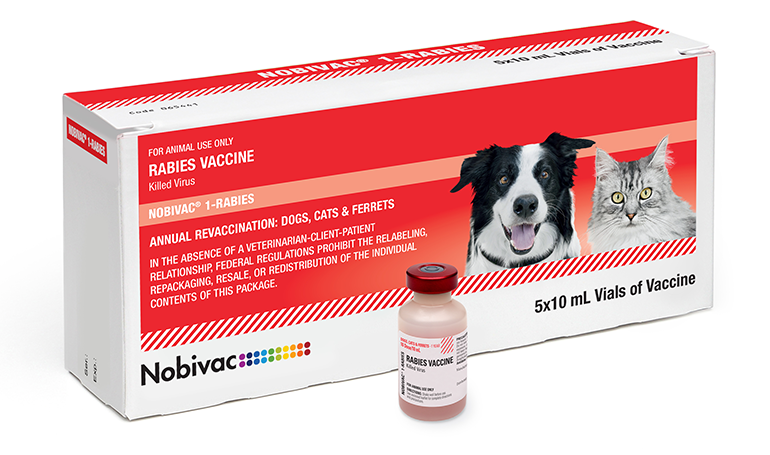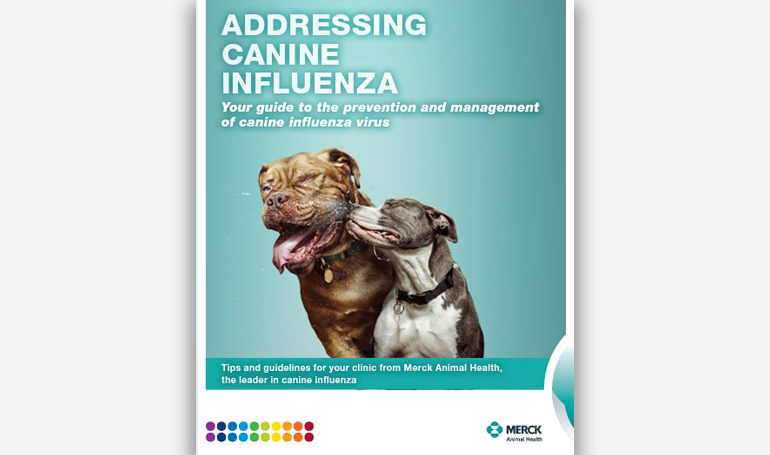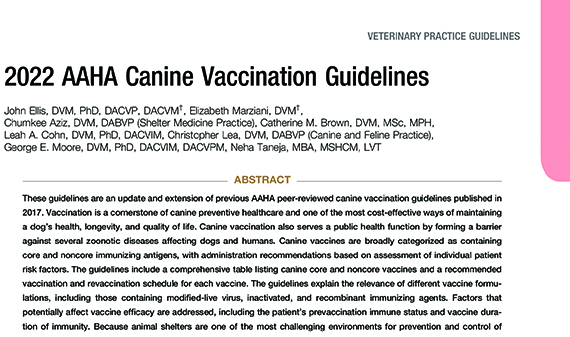

Canine Rabies
Rabies is a fatal disease that can affect all warm-blooded animals and humans.
Overview | Transmission | Signs | Risk Factors | Outcomes | Spreading | Diagnosis | Vaccines | Resources
Disease Overview
Rabies attacks the nervous system, with fatal results once clinical signs appear.
Rabies is present in many countries worldwide, although a number of countries are free of the disease due either to successful elimination programs or quarantine regulations. Where canine rabies has been eliminated, rabies is maintained in wildlife.
RABIES FAST FACTS
- Most human exposures result from contact with domestic species, such as dogs, cats, horses, or cattle.
- Worldwide, more than 59,000 people, many of which are children, die from rabies each year.70
- Canine rabies persists in Mexico, with the potential to spread throughout the USA if reintroduced.
TRANSMISSION
Rabies is usually spread through saliva into tissue
- From the bite of a rabid animal
- If infected saliva enters the body through a cut or comes in contact with the eyes, nose, or mouth
CLINICAL SIGNS
- Anxiety
- Confusion
- Slight/partial paralysis
- Excitation
- Agitation
- Aggression
- Hypersalivation
- Difficulty swallowing
DOGS AT RISK
- Pets that live or play outside
- Pets that interact with wild animals
MORBIDITY THREATS
Furious Form:
- The classic ‘mad-dog syndrome,’ can be seen in all species. Rarely evidence of paralysis during this stage.
- Infected animal becomes irritable and may viciously and aggressively use its teeth, claws, horns or hooves.
- Animals commonly swallow foreign objects, eg, feces, straw, sticks, and stones.
- Rabid dogs may chew the wire and frame of their cages, breaking their teeth.
- As the disease progresses, muscular incoordination and seizures are common. Death results from progressive paralysis.
Paralytic Form:
- Manifest by ataxia and paralysis of the throat and masseter muscles.
- Profuse salivation and the inability to swallow are often present.
- Dropping of the lower jaw is common in dogs.
- These animals may not be vicious or attempt to bite.
- The paralysis progresses rapidly to all parts of the body, and coma and death follow in a few hours.
SPREADING DISEASE
- Most rabies cases in dogs develop within 21–80 days after exposure, but the incubation period may be shorter or longer.
- The virus travels via the peripheral nerves to the spinal cord and ascends to the brain.
- After reaching the brain, the virus travels via peripheral nerves to the salivary glands.
- If an animal is capable of transmitting rabies via its saliva, virus will be detectable in the brain.
- Virus is shed intermittently in the saliva. It is possible for domestic dogs, cats, raccoons and ferrets to shed virus for several days before onset of clinical signs.
DIAGNOSIS
Clinical diagnosis is difficult, especially in areas where rabies is uncommon, and should not be relied on when making public health decisions.
In the early stages, rabies can easily be confused with other diseases or with normal aggressive tendencies. Therefore, when rabies is suspected and definitive diagnosis is required, laboratory confirmation is indicated.
Merck Animal Health Vaccines

NOBIVAC® 1-RABIES
This product has been shown to be effective for vaccination of healthy dogs 6 weeks of age or older against canine distemper virus, canine adenovirus type 1 (hepatitis), canine adenovirus type 2 (respiratory disease), canine parainfluenza virus and canine parvovirus.
ALSO AVAILABLE IN OTHER FORMULATIONS
Professional Resources and Educational Materials
Keep your clinic and staff informed and aware of diseases and outbreaks.

Nobivac® Social Media Kits
Digital Assets
Use these ready-to-share posts to educate pet parents and drive business to your clinic for preventative care.

Addressing CIV in Your Clinic
eBook
Tips and guidelines for your clinic to prevent and manage canine influenza.

AAHA Canine Vaccination Guidelines
SOP
In-depth information about canine vaccinations and veterinary best practices.
No items to show.

